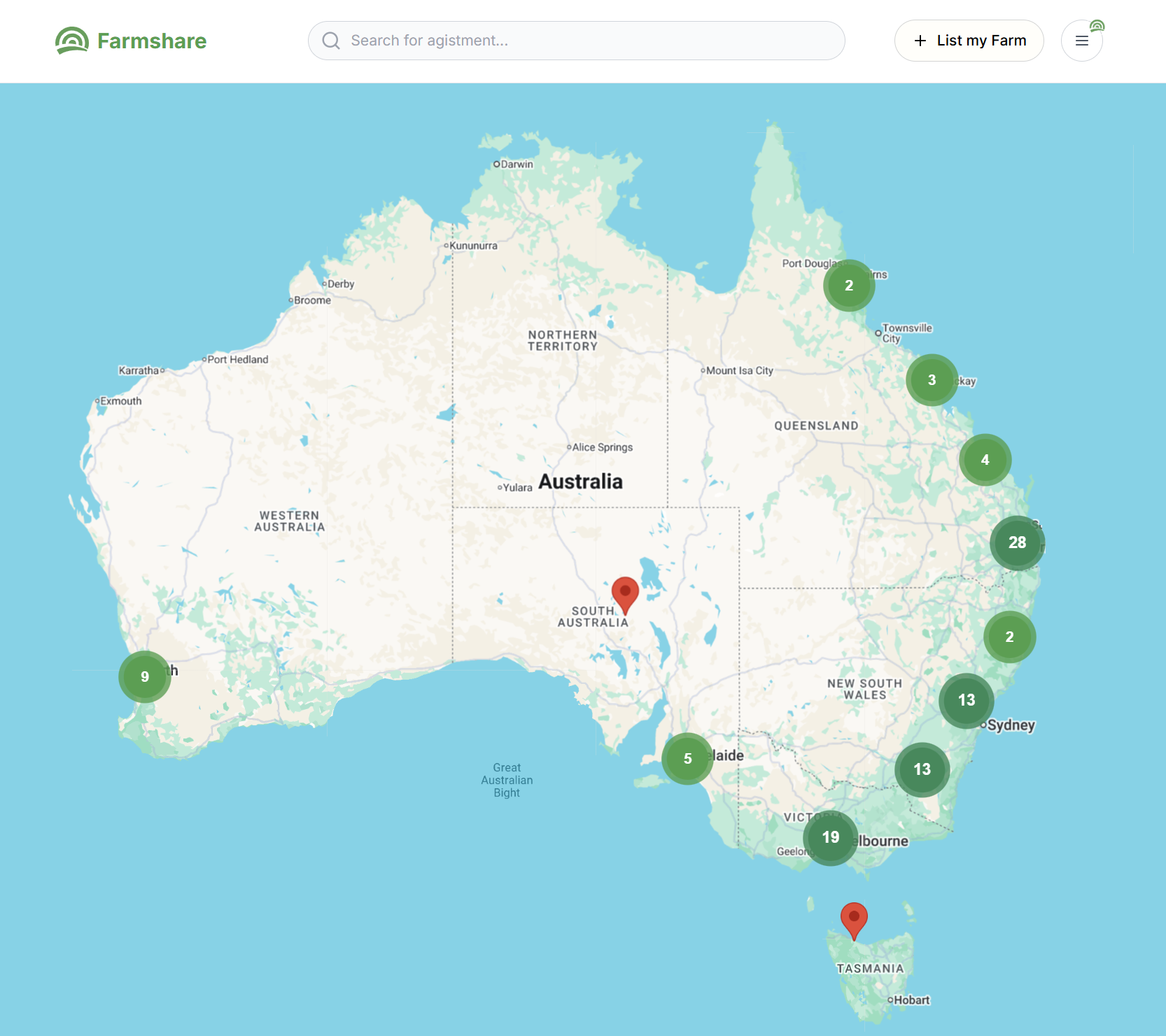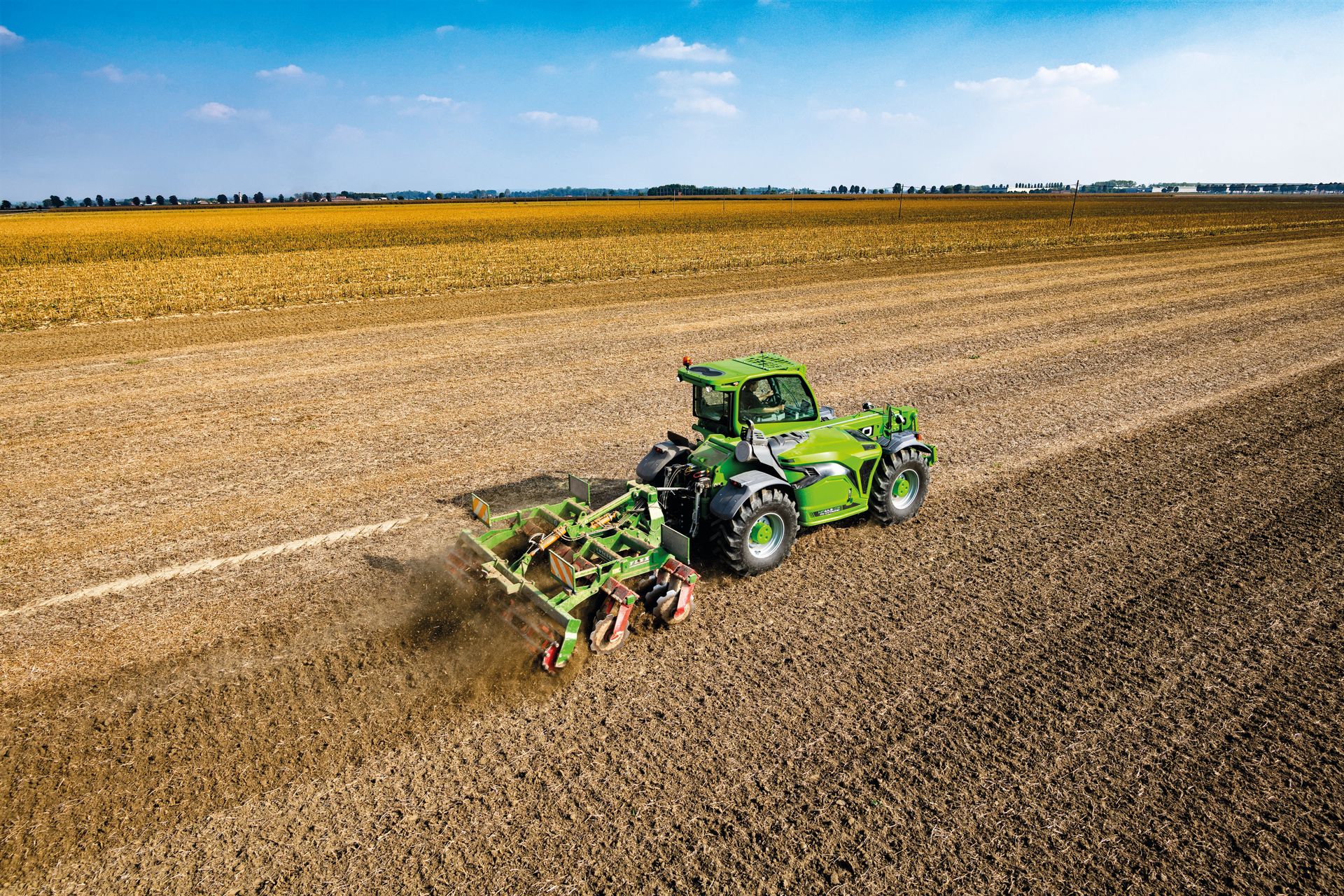1MG FlippingBooks
COVID-19 could usher in a regional boom

COVID-19 has triggered a seismic rethink of the way we live and work, and it’s regional towns and cities like my home base in Toowoomba that could reap the rewards.
Suddenly, it’s a real possibility for people to abandon the rat race and enjoy the quality of life in a regional city - without sacrificing career ambitions. Traditionally, office-based firms have clustered in the CBDs of our big cities. Armies of workers have trooped in from the suburbs each day to sit at their desks together in the high-rise office towers that dominate the inner city.
Then, with little warning, COVID-19 hit and turned that norm upside down. The pandemic has pitched us headfirst into the world of tech-enabled remote working – and it’s changed our perceptions forever. That’s because working from home works –it’s been proven during COVID.
Companies across Australia now understand that they don’t need to have everyone together in a high-rise complex to get their jobs done. There’s no reason people can’t live in Toowoomba - or Ballarat or Dubbo - and still work productively for a company based elsewhere.
Regional towns and cities offer a fantastic quality of life. Houses are cheaper, traffic is less congested, people are friendlier, and the atmosphere is cleaner and greener.
Plus, regional areas have been largely immune from COVID clusters – unlike parts of Sydney and Melbourne which suddenly don’t seem as attractive.
A work-from-home arrangement, backed by the right tech and a flexible employer, means people can escape the city and still kick their career goals.
Demographer Bernard Salt believes our experience in COVID could usher in a new “treechange” wave in Australia, with people moving to country areas that are within striking distance of a capital city.
In a recent Weekend Australian column he wrote: “Perhaps in the 2020s we will see a new generation doing not so much a treechange or a seachange but a knowledge-worker wellbeing shift into the healthful and well-spaced climes of towns and villages not too remote from capital cities.”
Toowoomba is a perfect example of an attractive regional city in the Bernard Salt sweet spot, just 90 minutes from Brisbane, two hours from the Gold Coast and with a new international-quality airport on its doorstep.
With unsurpassed liveability, it’s now a real option for knowledge workers no longer trapped by the need for a daily commute to a desk in an inner-city high rise. That message has already started getting through to the population cohort that’s now joining the workforce.
A new report shows that millennials — people aged between 20 and 35— are already catching on to the appeal of regional living.
The Regional Australia Institute report titled “Big Movers: Population Mobility in Australia” found that more regionally-based millennials moved to other regional places than to capital cities between the census years of 2011 and 2016.
Regional areas have traditionally suffered a “brain drain”, with many young people heading off to the big smoke to seek better career opportunities. But the report found that around 208,000 millennials shifted between communities within regional Australia in that period, rather than heading off to the major metropolitan cities.
But it’s not just younger people making the move. In total, between 2011 and 2016, more than 1.2 million people either moved to regional Australia or moved around regional Australia from one location to another.
Regional cities are throwing off the perception that they are somehow less desirable by offering the best of both worlds – liveability and career options.
For a significant regionally-based business like Heritage Bank, this offers many advantages. We’ve previously had problems enticing people away from the big cities to come and live in Toowoomba – often due to concerns about career options in future.
Now, work-from-home technology means location is not such an issue any more. The lifestyle advantages of regional Australia have started to outweigh concerns about longer-term career options.
We’ve found repeatedly that people who take the leap and move from a capital city to Toowoomba absolutely love the lifestyle. If we can get them here, they stay here! The digital work-from-home capabilities that have come to the fore during COVID have broken down some of those barriers to people considering regional living.
On the flipside, it’s also opened up the possibility of Heritage employing more people based in a capital city, working for us remotely. We already do this to a degree, but more people may now consider it as an option.
What’s really exciting for regional communities is that young people now increasingly see them as viable and attractive options. They are not the ugly step sisters of the capital cities – they are a Cinderella story in the making. COVID has helped regional communities come out of the shadows and prove they are a match for what the big cities have to offer.
Further, I believe there is an opportunity for governments to harness this trend, in tandem with an appeal to the generation of people forced to move from a regional area to a capital city in the past.
I’m calling this the “regional alumni” concept.
There’s plenty of reluctant city dwellers, now having families, who yearn to give their children the same sort of fun and free upbringing they enjoyed in a regional area. These ex-regionals are now spread all over the country – and the world.
Career opportunities prompted most of them to move in the first place. Now that location is not such an issue, many “regional alumni” would jump at the chance to bring their family back to the more idyllic lifestyle they valued so much – especially with government support and incentives.
The Federal Government has an ideal opportunity to support the concept of decentralisation by encouraging our regional alumni to spark a “reverse brain drain” and lead a move back to their roots. They may not choose the original region they came from, but they still long for a simpler and more family-friendly environment in a regional location. Imagine what a boost that would give to the regions – a returning tide carrying skilled people, and their families, out of the cities.
The simple fact is that regional does not mean second best. As an example, Forbes magazine recently announced its second annual list of the World’s Best Banks, and for the second year in a row Heritage was ranked the number one bank in Australia.
Proudly born, bred and headquartered right here in Toowoomba since 1875, Heritage is proof that regional companies can not only outperform the best in Australia, but also match it with the best in the world.















